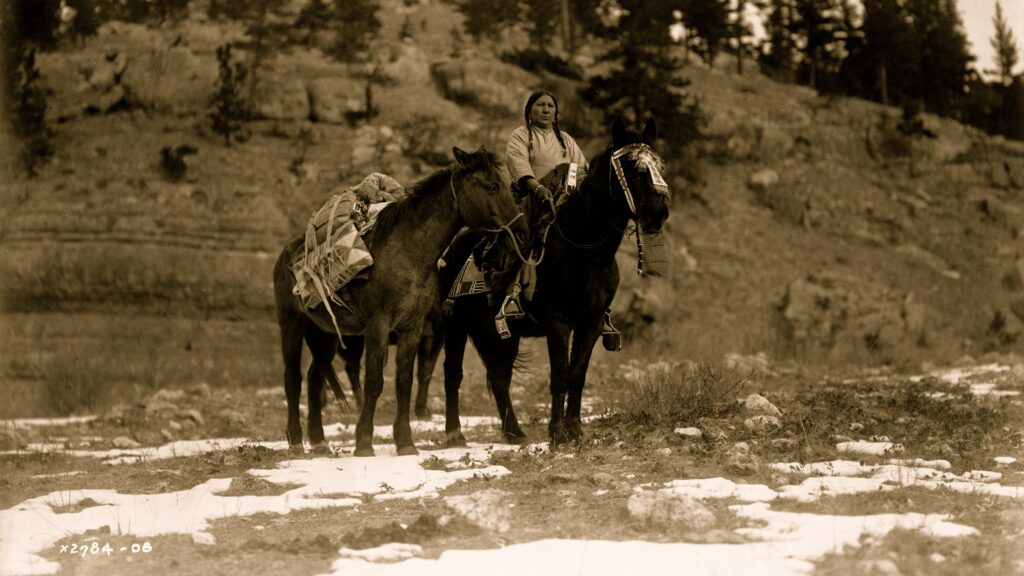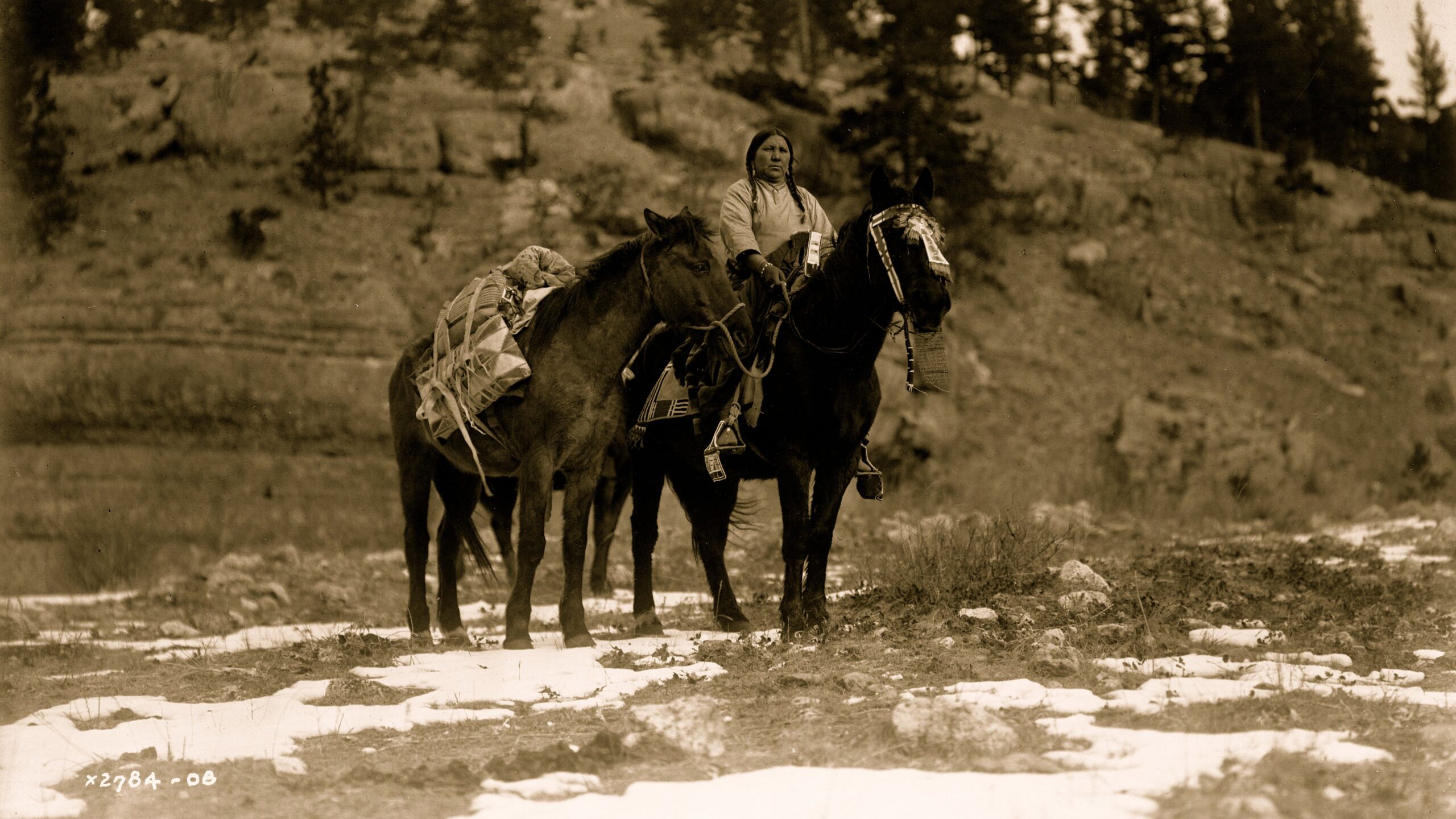Do you ever wonder about the role of horseback riding in Native American culture? It’s a fascinating topic that intertwines history, tradition, and the deep connection between humans and animals. In this article, we will delve into the significance of horseback riding in Native American culture and how it has shaped their way of life. You’ll discover how horses became a vital part of their daily activities, transportation, and even warfare. So, are you ready to saddle up and explore more about this captivating subject?
In Native American culture, horseback riding holds immense importance and has played a crucial role throughout history. Horses were not originally native to the Americas, but they were brought over by Spanish explorers in the 16th century. These majestic animals quickly became a valuable asset to various Native American tribes, transforming their way of life in multiple ways. From hunting and trading to herding livestock and even ceremonial practices, horseback riding became a fundamental skill for survival and thriving in their harsh environments. By mastering horsemanship, Native Americans were able to cover large distances quickly, expand their territories, and adapt to the changing landscapes. In this article, we will explore the diverse ways in which horses impacted their culture and continue to hold a special place in their traditions. So, keep your boots on the stirrups and get ready to dive deeper into the world of horseback riding in Native American culture.

The Role of Horseback Riding in Native American Culture
Horseback riding holds a profound significance in Native American culture and played a crucial role in shaping their way of life. The introduction of horses to the indigenous peoples of North America revolutionized their societies, enabling them to become skilled riders and hunters, enhance their mobility and survival, and develop complex cultural practices surrounding these majestic animals. Let’s delve into the various aspects that highlight the importance of horseback riding in Native American culture.
The Importance of Horses in Native American Culture
Before the arrival of Europeans, horses were unknown in the Americas. Their introduction by Spanish conquistadors in the 16th century had a profound impact on Native American communities. Horses quickly became a valuable asset, providing transportation, assistance in hunting and warfare, and enhancing the overall quality of life for Native Americans.
Historical Origins of Horseback Riding in Native American Culture
Horseback riding has a storied history in Native American culture, with its origins rooted in the arrival of horses to the continent. The Spanish conquistadors, led by Hernán Cortés, brought horses to the Americas in the early 1500s. As these horses inevitably escaped or were traded, they found their way into the hands of Indigenous peoples, forever altering their way of life.
The Symbolism of Horses in Native American Beliefs
For Native Americans, horses hold deep symbolic meaning and spiritual significance. Horses are often regarded as a link between the physical and spiritual realms, possessing sacred qualities that form a vital part of their belief systems. They are seen as messengers, guides, and sources of strength and power.
Horseback Riding as a Means of Transportation and Survival
The introduction of horses drastically transformed the mobility and survival capabilities of Native American tribes. Prior to acquiring horses, many tribes utilized dogsleds, travois (dragged frameworks), or relied on their own physical endurance for transportation. Horses allowed for increased speed, carrying capacity, and efficiency in traversing vast distances.
The Use of Horses in Hunting and Warfare
Horseback riding revolutionized traditional Native American hunting practices. The enhanced mobility and speed afforded by horses allowed hunters to pursue game more effectively. Tribes such as the Plains Indians became renowned for their mastery of mounted hunting techniques, such as buffalo hunts, which provided sustenance, clothing, and materials for various tribal needs.
Moreover, horses played a crucial role in Native American warfare. Tribes across the continent quickly adapted to the advantages offered by mounted warfare, enabling them to dominate battles against both neighboring tribes and European settlers.
Native American Horsemanship and Riding Techniques
Native Americans developed a unique and highly skilled horsemanship culture, with different tribes refining their own riding techniques. From the Comanches of the Southern Plains to the Nez Perce of the Pacific Northwest, various tribes showcased their expertise in horse riding, taming, and training. These skills were passed down through generations, becoming integral to tribal identity.
Ceremonial and Ritualistic Practices Involving Horses
Horses played an essential role in Native American spiritual ceremonies and rituals. In numerous tribes, the acquisition of a horse was celebrated with elaborate rituals, symbolizing the individual’s connection to the spiritual realm and their newfound partnership with these sacred animals. Horse dances, feasts, and offerings were also common practices.
Traditional Native American Horse Breeds
Native American tribes selectively bred horses to meet their specific needs and preferences. They developed various horse breeds known for their endurance, strength, agility, and adaptability to the local terrain. Notably, the Appaloosa breed, known for its distinctive coat patterns, originated from the Nez Perce tribe in the Pacific Northwest.
Horseback Riding as a Form of Recreation and Entertainment
Beyond its utilitarian purposes, horseback riding became a beloved pastime and source of entertainment for Native American communities. Tribes organized horse races, games, and contests, showcasing equestrian skills and fostering social cohesion. Such events allowed tribes to come together, share stories, and celebrate their rich cultural heritage.
The Impact of Horseback Riding on Native American Society
The introduction of horses revolutionized Native American societies in numerous ways. Increased mobility and access to resources transformed their economies and trade networks, allowing for the exchange of goods over greater distances. The newfound ability to travel freely also facilitated diverse cultural exchanges between tribes.
Horseback Riding in Native American Art and Literature
The cultural significance of horses is beautifully reflected in Native American art and literature. Horse motifs adorn countless Native American artifacts, including pottery, beadwork, and textiles. Additionally, oral traditions, storytelling, and songs often pay homage to the profound connection between Native Americans and their equine companions.
Challenges Faced by Native American Horseback Riders
Despite the enduring legacy of horseback riding in Native American culture, there have been challenges and struggles faced by contemporary riders. Limited access to horses, diminishing horse-keeping practices, and the encroachment of modern life pose obstacles to the preservation of this valued tradition.
Preservation and Revitalization Efforts of Native American Horseback Riding
Various initiatives are underway to preserve and revitalize Native American horseback riding traditions. Native American organizations, educational institutions, and horse enthusiasts are collaborating to document and pass on the knowledge, skills, and rituals associated with horseback riding. These efforts aim to ensure the long-term preservation of this cultural heritage.
Conclusion: The Enduring Legacy of Horseback Riding in Native American Culture
Horseback riding holds a deep-rooted significance in Native American culture, serving as a means of transportation, survival, warfare, recreation, and spiritual connection. The introduction of horses to the Americas forever altered the lives of indigenous peoples, shaping their cultural practices, beliefs, and interactions with the natural world. By honoring and understanding the role of horseback riding in Native American heritage, we can appreciate and celebrate this enduring legacy.
